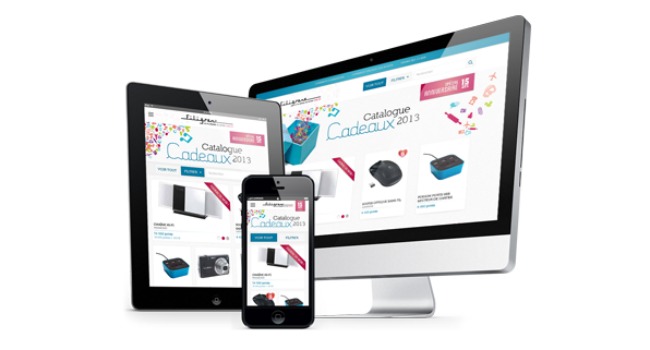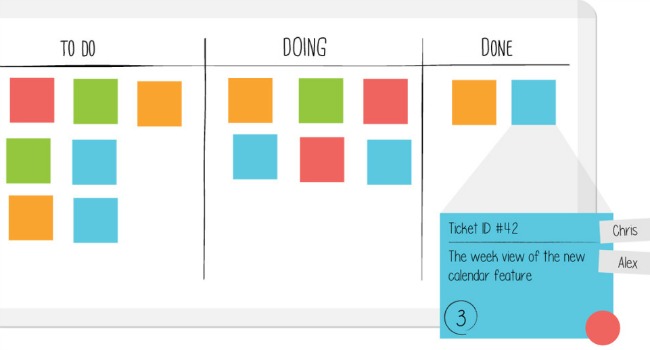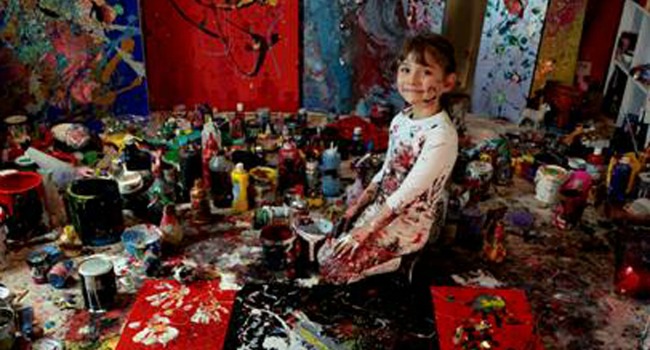Last year I visited a design class’s demo day at the IADT (Institute for art, design and technology) in Dublin to review the work of a graduating class of 30 or so budding graphic designers.
Most of the pieces were competent, with a few that really stood out as an immediate hire based on an innate ability to create designs of a really high standard. And I thought - some people must naturally “get” good design (maybe with a lot of hard work as they learn - but that just shows passion) while others don’t.
I also wondered about what skills those good but still inexperienced designers still lack. What must they learn in order to become great - and how could they do it quickly? I started a list of things I’ve come across that make the difference between a good designer and a truly great one.

They incorporate the whole user flow into the design - no matter where that takes them. They can design across multiple simultaneous mediums. They work seamlessly with the medium they are designing for. They understand responsive design and they create flows that jump between desktop, mobile, email, wearables, print, tv, radio and more. They maintain brand consistency while doing all this and design the brand so it’s capable of this level of varied usage. They understand the full spectrum of design requirements and are happy to execute them, not just the ones they are interested in. They know that everything the company does is part of their design thinking.

A good designer must rely on experience, on precise, logic thinking; and on pedantic exactness. No magic will do.
Niklaus Wirth
Great designers know and understand their role in the production process and how their decisions can affect progress of others. They understand when decisions need to be made to keep a project rolling. They accept when design time is done, and when the next set of changes need to move to another iteration (and when they absolutely can’t). They understand what type of work will take a long time to implement and can order things to make sure the rest of the team are not blocked. They understand how using patterns speeds up development as well as giving a more consistent user experience and they use those approaches in their designs rather than reinventing the wheel every time. They know how to iterate prototypes to prevent UI mistakes getting into development, where the cost of fixing them is significantly higher.
Design is a fundamental human activity, relevant and useful to everyone. Maggie Macnab
Too often I have seen designers who are precious about their designs - or worse - precious about design as a whole. Great designers don’t behave as if they are the only ones that can design, and they don’t let that thought seep into their thinking. They understand anyone can solve a problem creatively - they just focus on being the best at it in their area. They earn the trust of their teammates with the quality of their work, not by insisting on barriers and processes that prevent others inputting into the solution. They understand that other people’s ideas can be just as good as their own, and when correct, should be incorporated regardless of where they come from. Great designers understand that design always happens on a project, whether or not it has someone with the title of designer and that their job is to improve the quality of the design, not get defensive when someone offers an alternative solution.

Many designers choose their profession because they are artists and creatives, looking for an outlet for their passion. But great designers understand that it takes creativity plus an understanding of business to create great designs. They understand the goals of business and use customer feedback and metrics to inform their opinions. They pass on the challenges they are interested in taking on because they look fun and always look to solve real problems that users care about. They understand they need to constrain their interest in being creative and innovating to certain problems. They understand that design is 80% research and 20% execution - and that often the best solution is one that a competitor or similar company has already invested in solving. When they see this, they know that there is no need to reinvent the solution.
About half my designs are controlled fantasy, 15 percent are total madness and the rest are bread-and-butter designs.
Manolo Blahnik
Great designers understand an overall product vision and can translate roadmap into features and features into deliverables seamlessly. They think holistically about the product, bringing a single, long term view and consistency to the brand while merging that with daily decisions about individual user stories and journeys. They feed their thinking into the roadmap while sweating pixels. They know some work is waterfall and some is agile, and that is the nature of design.
Good design is making something intelligible and memorable. Great design is making something memorable and meaningful.
Dieter Rams
Great designers believe in the quality of the product, the quality of the brand, the quality of the experience and never let those standards slip. They never relent on improving their own abilities - both creatively and in how they work with others. They pro-actively look to get out of their comfort zone. They look to constraints and challenges for ways to inspire creativity. They don’t take no for an answer, but understand the value of “not quite yet”. Great designers know they are not great, but are always looking to get there.